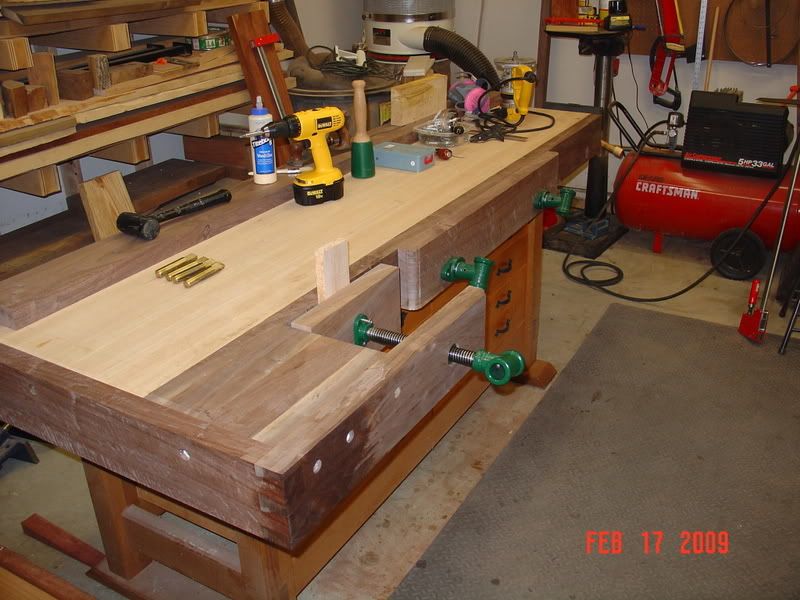I figured this would fit in this subforum best...though I could be wrong.
I am curious how most of you folks who are hand cutting dovetails manage to hold onto you boards. What setups are you typically using to be able to work on the end of a wide board. I would think something like the Veritas twin screw vise (or some hand made equivalent) would be best for holding wide boards/panels while one works on the end. But I am curious if perhaps I might be missing another approach....




 Reply With Quote
Reply With Quote













